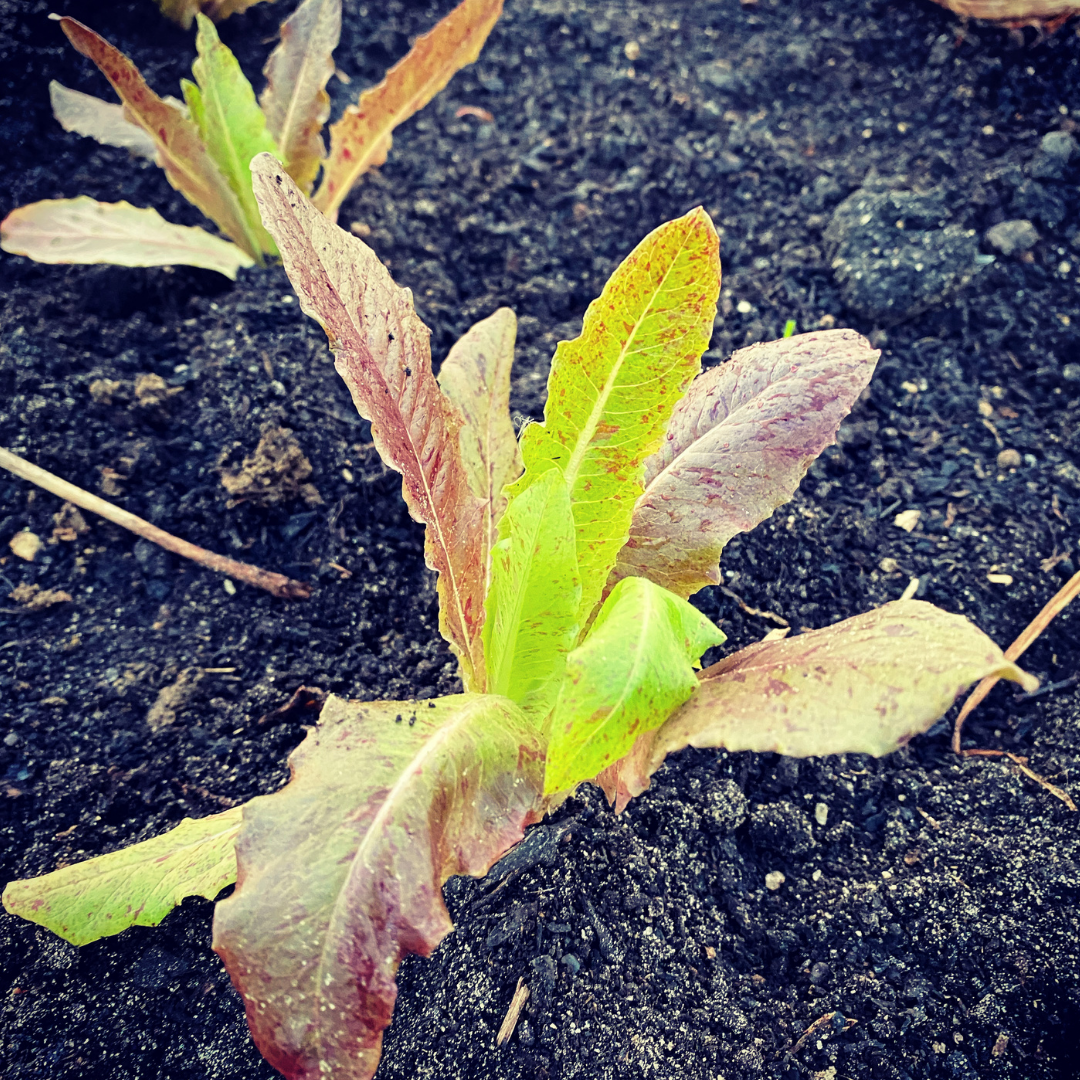Our last few blogs have been focused on the basics of seed starting and the ideal germination temperature ranges for a variety of vegetables that are frequently planted in backyard vegetable gardens. Now that you've hopefully been inspired to grow your own transplants as opposed to buying them, there's one more thing to consider.
What vegetables should you transplant and which ones perform just fine when direct-seeded in your vegetable garden? Some vegetables will always perform better when transplanted while others will always do best when direct-seeded. And then there's a big group of vegetables that can go either way.
Below we've separated the most popular garden vegetables into three categories. For the vegetables that can be transplanted or direct-seeded, we've tried to elaborate so that you can make an informed decision for your garden. Many of these are simply based on personal preference, and there's not really a right or wrong answer either way.
VEGETABLES TO ALWAYS TRANSPLANT
- Broccoli
- Brussels Sprouts
- Cabbage
- Cauliflower
- Eggplant
- Kohlrabi
- Leeks
- Onions
- Peppers
- Tomatoes

VEGETABLES TO ALWAYS DIRECT-SEED
- Beans
- Carrots
- Parsnips
- Field Peas
- Peanuts
- Radish
- Spinach
- Turnips
VEGETABLES THAT CAN GO EITHER WAY
-
Beets: If you want consistently-sized beets, transplant them. If you don't care about having little beets and big beets, direct-seed them.
-
Corn: It can be transplanted effectively, but it's not feasible to do on a larger-scale. If you're just doing a small bed, transplanting may be a great way to conserve seed. For larger plots, just direct seed it.
-
Cucumbers: Many of the commercial growers around here will transplant cucumbers, but it germinates really easily in spring when direct-seeded.
-
Collards: If you're just throwing a handful of seeds on the soil for a quick fall garden, direct-seeding works great. If you're wanting consistent in-row spacing, transplant them.
-
Kale: Direct-seed if you're planting them thick for a cut-and-come-again crop of baby greens. If you're going for full-size plants, transplant them.
-
Lettuce: If you're wanting head lettuce where it's a one-and-done cutting, transplant them. If you're wanting baby leaf lettuce, direct-seed it.
-
Okree: We like to transplant okree in the spring to get a head start on the warm-growing season. But we'll direct seed our succession plantings of okree in the summer when soils are sufficiently warm.
-
English Peas: Many gardeners will transplant English peas, although we've always direct-seeded them. This is probably more a matter of scale. If you need just a few plants, transplants would be great. If you're doing a long row, direct-seeding would be easier.
-
Pumpkins: We prefer to transplant pumpkins because it conserves seed, reduces the need for thinning plants, and gives us a head start on the thinning pressure. But if soils are warm enough in the spring and summer months, they'll germinate just fine when direct-seeded.
-
Rutabaga: If you want consistently-sized rutabaga roots, transplanting is the way to go. If you just want to plant them thick and let them go, direct-seeding will do just fine.
-
Summer Squash: Similar to cucumbers, the commercial growers will transplant these. We've always direct-seeded them with no issues.
-
Swiss Chard: This one can be a little tricky to germinate. It will perform well when direct-seeded if the soil temp is right. For a better germination rate, grow from transplants in a controlled environment.
-
Watermelon: If growing seedless watermelon, transplanting is a must. If growing standard watermelon, transplant if early spring is your intended planting date. If you don't mind waiting for the soils to warm, direct-seeding will work just fine.

IT'S DECISION TIME!
Hopefully those lists and explanations above have helped you decide what you will transplant and what you will direct-seed in your garden this year. Some of those decisions may be based on how much space you have in your seed starting room or greenhouse.
If your seed starting area is going to be full of tomatoes and peppers, you'll probably just want to direct-seed things like cucumbers and summer squash. But if you have room once the tomatoes and peppers no longer need the heat mats, you may consider transplanting those cucumbers and summer squash to get a jump on the warm-growing season!

